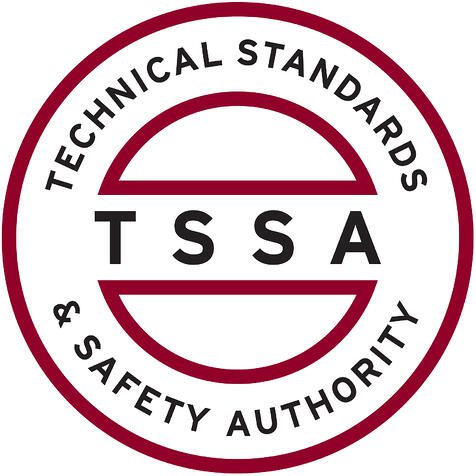
You shouldn’t have to sacrifice comfort or spend a lot to keep your home at the right temperature during the summer.
But what is the right setting, exactly? We discuss ideas from energy experts so you can choose the best setting for your family.
Here’s what we suggest for the most energy-efficient setting for air conditioning in Dresden.
Recommended Thermostat Settings for Summer
Most families find using the thermostat at 72-73 degrees is most comfortable. However, if there’s a major difference between your indoor and exterior temperatures, your cooling bills will be bigger.
These are our suggestions based on the U.S. Department of Energy (DOE) and ENERGY STAR®.
While at home: 78 degrees. While that sounds too high, there are methods you can keep your house pleasant without having the air conditioning running all the time.
Keeping windows and curtains shut during the day keeps chilled air where it needs to be—within your home. Some window coverings, such as honeycomb shades or plantation shutters, are made to provide added insulation and improved energy conservation.
If you have ceiling fans in your home, the DOE says you can move thermostat temperatures about 4 degrees higher without giving up comfort. That’s since they cool through a windchill effect. Because they cool people, not areas, shut them off when you exit a room.
If 78 degrees still appears too hot at first glance, try running a trial for approximately a week. Begin by raising your setting to 78 degrees while you’re at your house. Then, steadily lower it while following the ideas above. You may be shocked at how cool you feel at a warmer temperature setting.
While away: 88 degrees. There’s no need to keep the air conditioner on all day while your residence is vacant. Turning the temp 7–10 degrees hotter can save you as much as 5–15% on your cooling expenses, according to the DOE.
When you get home, don’t be tempted to put your thermostat under 78 to cool your house more rapidly. This isn’t effective and usually produces a more expensive air conditioner bill.
A programmable thermostat is a useful approach to keep your settings in check, but it requires setting programs. If you don’t use programs, you risk forgetting to move the set temperature when you leave.
If you want a convenient remedy, think over buying a smart thermostat. This thermostat works with with your phone, so it is aware when you’re at home and when you’re away. Then it instinctively adjusts temperature settings for the best savings. How much exactly? Typically $180 each year on heating and cooling, according to ENERGY STAR.
Another perk of having a smart thermostat? You can use your phone to watch and regulate temperature settings from nearly anywhere.
While sleeping: Around 70 degrees. While ENERGY STAR recommends 82 degrees, that might be unbearable for many families. The majority of people sleep better when their sleeping area is chilled, so that’s why the National Sleep Foundation recommends 60–67 degrees. But that could be too cool, depending on your pajama and blanket preference.
We suggest running an equivalent test over a week, setting your temperature higher and steadily lowering it to find the right temp for your family. On mild nights, you could learn keeping windows open at night and running a ceiling fan is a preferable solution than using the air conditioning.
More Ways to Use Less Energy This Summer
There are other ways you can save money on utility bills throughout hot weather.
- Upgrade to an energy-efficient AC system. Central air conditioners only are effective for about 12–15 years and lose efficiency as they become older. An upgraded air conditioner can keep your home more comfortable while keeping utility costs small.
- Set yearly air conditioner tune-ups. Annual air conditioner maintenance keeps your unit operating smoothly and may help it run at better efficiency. It can also help extend its life expectancy, since it allows professionals to uncover seemingly insignificant troubles before they lead to a major meltdown.
- Replace air filters frequently. Use manufacturer instructions for changing your air filter. A dirty filter can result in your system short cycling, or run too frequently, and drive up your utility.
- Inspect attic insulation levels. Nearly 90% of residences in the United States don’t have adequate insulation, according to the Insulation Institute. The majority of southern climates require 13–14” of attic insulation, while northern climates need 16–18”.
- Have your ductwork checked. Ductwork that has loosened over time can seep conditioned air into your attic, walls or crawl space. This can create big comfort troubles in your home, like hot and cold spots.
- Seal holes, doors and windows. Keep hot air where it belongs by plugging openings. You can also caulk or weather strip doors to keep more cold air inside.
Use Less Energy During Warm Weather with McFadden Heating & Cooling
If you need to use less energy this summer, our McFadden Heating & Cooling specialists can help. Reach us at 519-683-2339 or contact us online for more details about our energy-saving cooling products.




